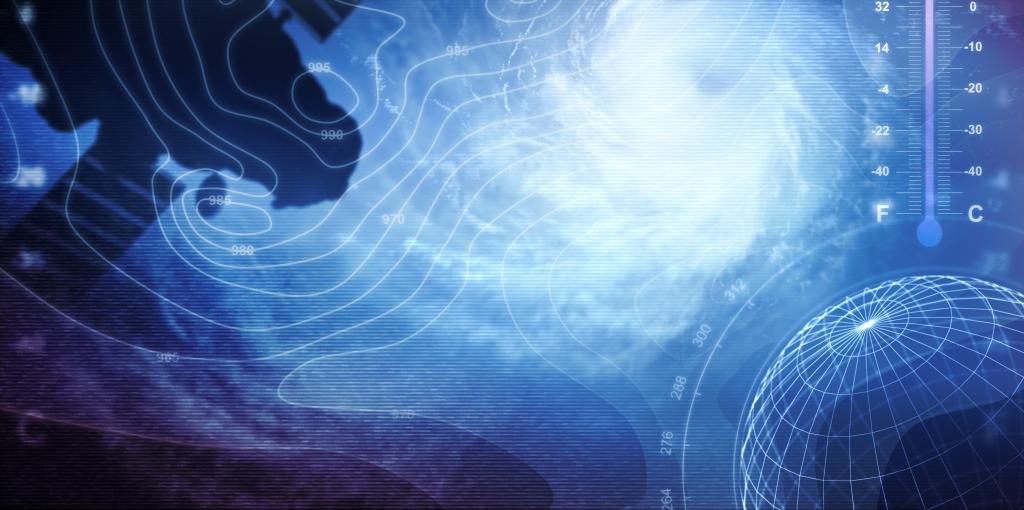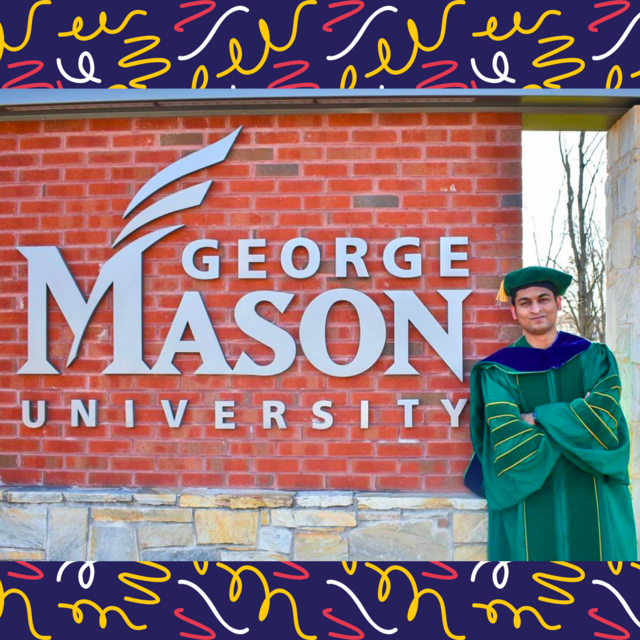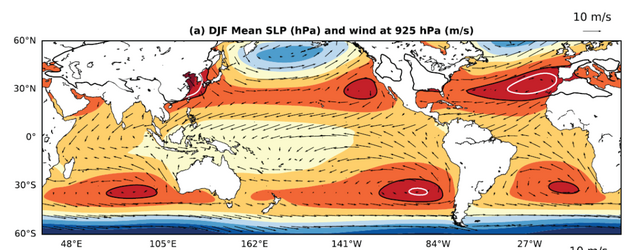Admission CTAs
Climate Dynamics PhD grad joins NASA GMAO
Dr. Abdullah al Fahad earned his Ph.D. in Climate Dynamics from the Department of Atmospheric, Oceanic, and Earth Sciences in fall 2020. Fahad hails from Sylhet, Bangladesh, and has always had a passion for understanding the inner workings of weather and climate phenomena. His Ph.D. research, advised by AOES Associate Professor Natalie Burls, focused on large-scale atmospheric circulation and the processes that govern its variability and change.
The Subtropical Anticyclones are vast regions at the edge of the tropics where dry, often cloudless air circulates around a high-pressure center. Their characteristics determine where the deserts of the Earth are, and regions bordering these anticyclones are at the mercy of extreme drought. In the South African metropolis of Cape Town, such a drought brought millions of residents to the brink of “Day Zero”, the scenario where reservoirs get so low that municipal water supplies run out and taps run dry. The dynamics of the drought were explored in a paper (Burls et al, 2019) that Fahad co-authored with other scientists from GMU’s AOES department and Center for Ocean-Land-Atmosphere Studies (COLA).
1 Figure 3 from Fahad's dissertation, showing Subtropical Cyclones in red/orange.
Fahad’s dissertation examined the workings of the Southern Hemisphere Subtropical Anticyclones. His findings have resulted in three first author, and two co-authors, scientific journal articles. Two of these articles, one of which was published in the journal Climate Dynamics (Fahad et al., 2020), look at how global warming will impact the Anticyclones. Fahad analyzed simulations of Earth’s climate response to rising atmospheric CO2 concentrations, using data from the Coupled Model Intercomparison Project (CMIP). Fahad's research points to mechanisms that could give rise to substantial changes in the characteristics of these high-pressure systems with important implications for regional climate and drought.
In addition, Fahad’s PhD research has involved performing and analyzing climate model simulations in which the heating of the atmosphere in specific tropical regions was modified to enhance our understanding of how it impacts atmospheric circulation and precipitation further afield, such as along the coast of California during El Niño events (Swenson et al., 2019) or over the South Pacific Ocean during austral summer (Fahad et al., 2021).
This strong publication record, together with the skills, passion, and drive Fahad has demonstrated during his graduate studies lead to him receiving several job offers for postdoctoral positions. He settled on a postdoctoral position at NASA’s Global Modeling and Assimilation Office (GMAO) where he will be working on air-sea-ice interactions, climate model development, high-resolution climate modeling, and annual to decadal climate prediction.


